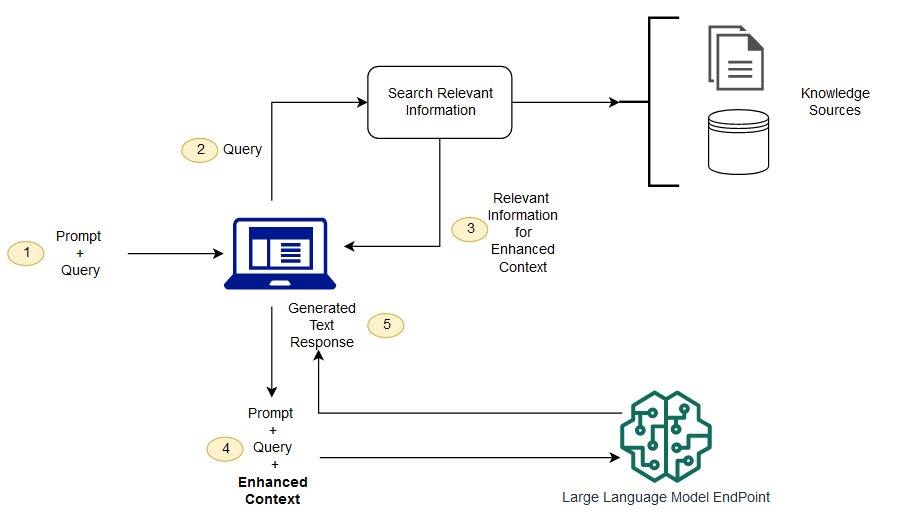Artificial Intelligence
Category: Amazon SageMaker
Host ML models on Amazon SageMaker using Triton: TensorRT models
Sometimes it can be very beneficial to use tools such as compilers that can modify and compile your models for optimal inference performance. In this post, we explore TensorRT and how to use it with Amazon SageMaker inference using NVIDIA Triton Inference Server. We explore how TensorRT works and how to host and optimize these […]
Create high-quality datasets with Amazon SageMaker Ground Truth and FiftyOne
This is a joint post co-written by AWS and Voxel51. Voxel51 is the company behind FiftyOne, the open-source toolkit for building high-quality datasets and computer vision models. A retail company is building a mobile app to help customers buy clothes. To create this app, they need a high-quality dataset containing clothing images, labeled with different […]
Achieve high performance with lowest cost for generative AI inference using AWS Inferentia2 and AWS Trainium on Amazon SageMaker
The world of artificial intelligence (AI) and machine learning (ML) has been witnessing a paradigm shift with the rise of generative AI models that can create human-like text, images, code, and audio. Compared to classical ML models, generative AI models are significantly bigger and more complex. However, their increasing complexity also comes with high costs […]
Get started with generative AI on AWS using Amazon SageMaker JumpStart
Support for AWS DeepComposer will be ending soon. Please see Support for AWS DeepComposer ending soon for more details. Generative AI is gaining a lot of public attention at present, with talk around products such as GPT4, ChatGPT, DALL-E2, Bard, and many other AI technologies. Many customers have been asking for more information on AWS’s […]
Optimized PyTorch 2.0 inference with AWS Graviton processors
New generations of CPUs offer a significant performance improvement in machine learning (ML) inference due to specialized built-in instructions. Combined with their flexibility, high speed of development, and low operating cost, these general-purpose processors offer an alternative to other existing hardware solutions. AWS, Arm, Meta and others helped optimize the performance of PyTorch 2.0 inference […]
Implement backup and recovery using an event-driven serverless architecture with Amazon SageMaker Studio
Amazon SageMaker Studio is the first fully integrated development environment (IDE) for ML. It provides a single, web-based visual interface where you can perform all machine learning (ML) development steps required to build, train, tune, debug, deploy, and monitor models. It gives data scientists all the tools you need to take ML models from experimentation […]
How Vericast optimized feature engineering using Amazon SageMaker Processing
This post is co-written by Jyoti Sharma and Sharmo Sarkar from Vericast. For any machine learning (ML) problem, the data scientist begins by working with data. This includes gathering, exploring, and understanding the business and technical aspects of the data, along with evaluation of any manipulations that may be needed for the model building process. […]
Hosting ML Models on Amazon SageMaker using Triton: XGBoost, LightGBM, and Treelite Models
One of the most popular models available today is XGBoost. With the ability to solve various problems such as classification and regression, XGBoost has become a popular option that also falls into the category of tree-based models. In this post, we dive deep to see how Amazon SageMaker can serve these models using NVIDIA Triton […]
Bring your own ML model into Amazon SageMaker Canvas and generate accurate predictions
Machine learning (ML) helps organizations generate revenue, reduce costs, mitigate risk, drive efficiencies, and improve quality by optimizing core business functions across multiple business units such as marketing, manufacturing, operations, sales, finance, and customer service. With AWS ML, organizations can accelerate the value creation from months to days. Amazon SageMaker Canvas is a visual, point-and-click […]
Question answering using Retrieval Augmented Generation with foundation models in Amazon SageMaker JumpStart
Today, we announce the availability of sample notebooks that demonstrate question answering tasks using a Retrieval Augmented Generation (RAG)-based approach with large language models (LLMs) in Amazon SageMaker JumpStart. Text generation using RAG with LLMs enables you to generate domain-specific text outputs by supplying specific external data as part of the context fed to LLMs. […]









